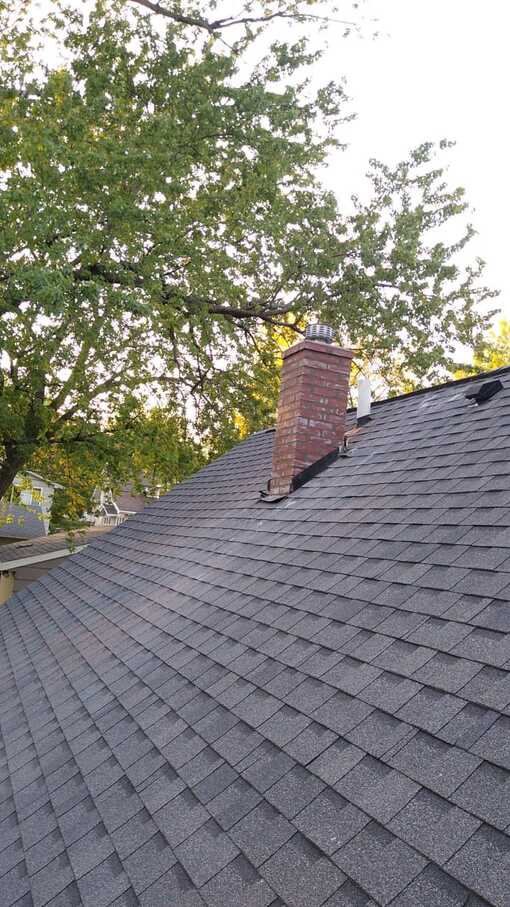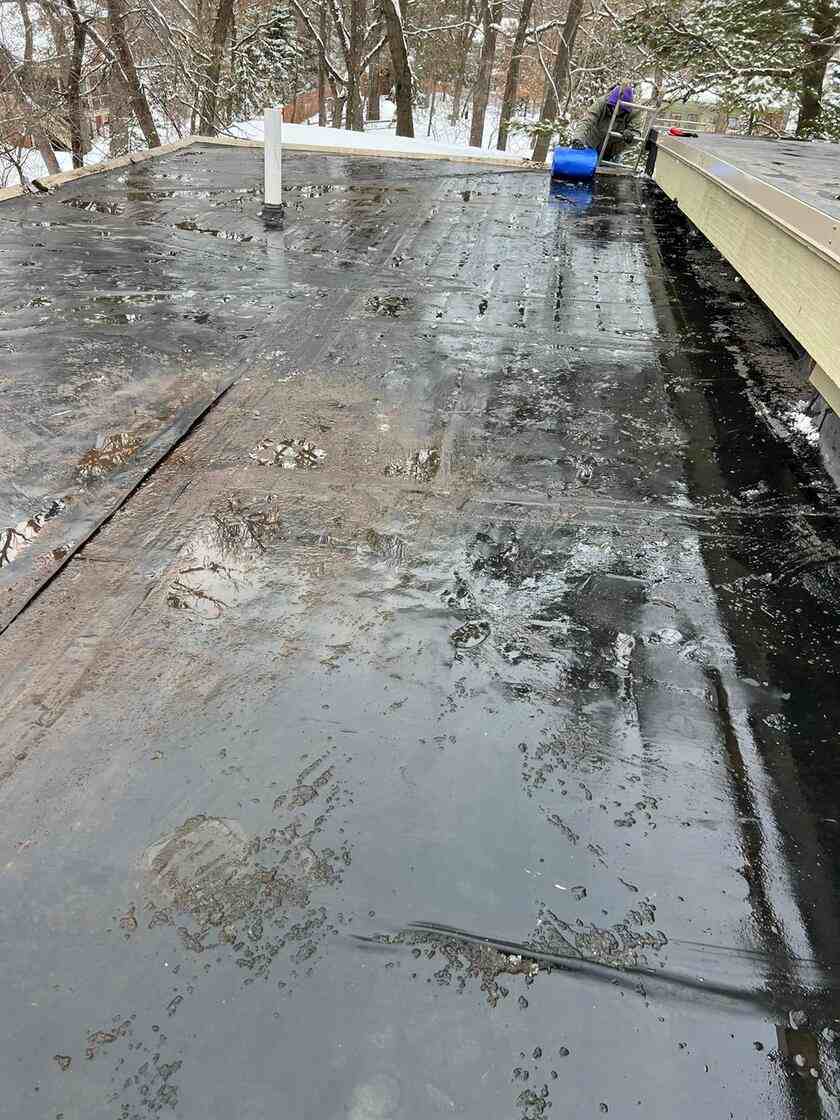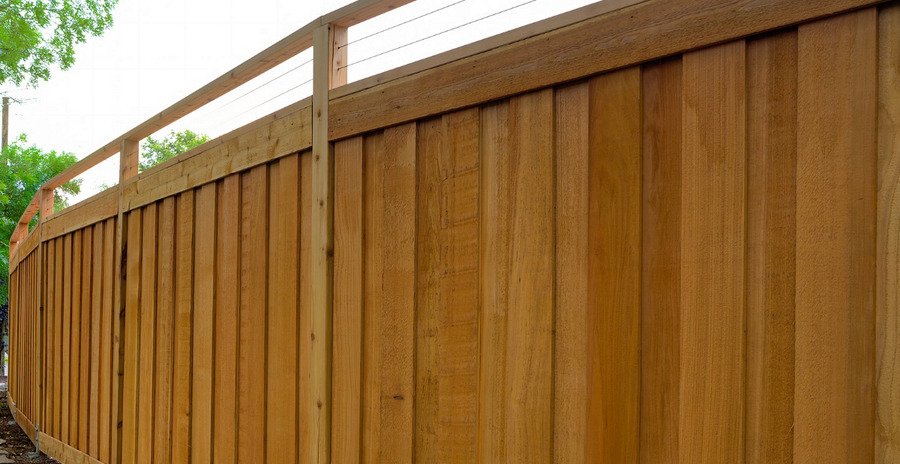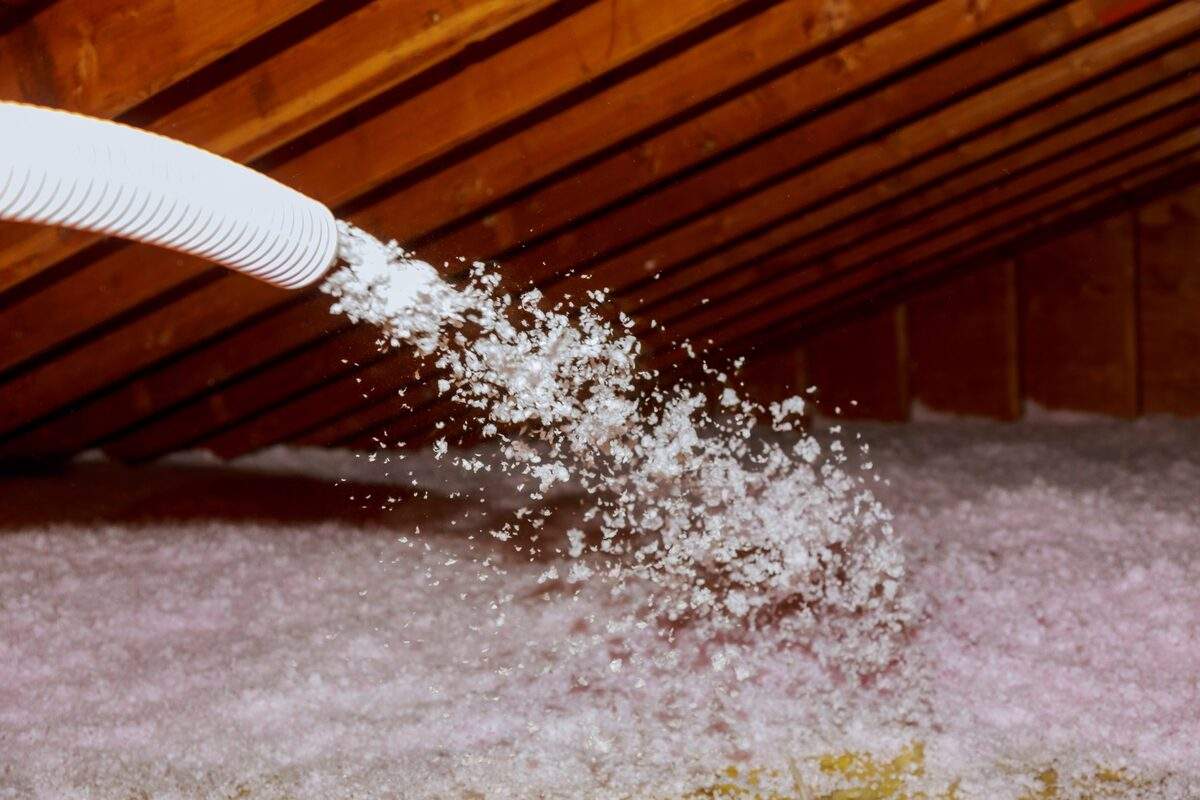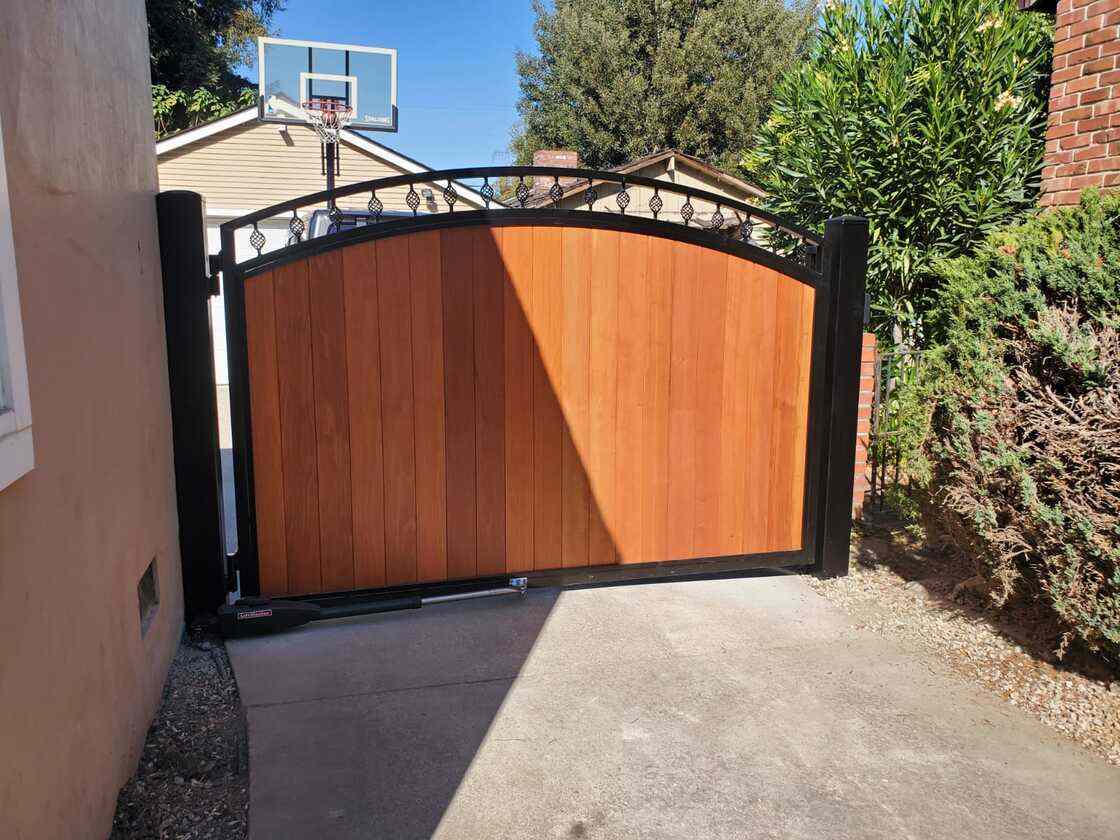The Comprehensive Guide to Storm Damaged Roof Repair by Minnesota’s Top Specialists
Welcome to our comprehensive guide to shingle replacement for roofs that have been affected by storm or hail damage. We are the leading professionals in Minnesota known for our craftsmanship, particularly with asphalt shingle roofs and their enduring, low-maintenance characteristics. In this guide, we will discuss the importance of relying on professional roofing contractors for shingle replacement and explain how to replace asphalt shingles in detail.
The guide encompasses:
- An explanation of why professional roofing contractors are crucial for shingle replacement
- Detailed, step-by-step instructions on how to replace asphalt shingles
- The importance of maintaining your roof’s wind resistance
- Additional roof maintenance suggestions and best practices
How to Replace Asphalt Shingles
First Step – Loosening the Target Shingle
To start off, you need to loosen the targeted shingle. We suggest using a flat pry bar for this task, which helps in carefully separating the target shingle from the one underneath. However, be aware of the potential for shingle distortion in colder weather.
Second Step – Loosening the Adjacent Shingles
Next, it’s crucial to break the sealant bond on the overlying shingles, and if necessary, perform the same action on the shingles to the left or right. The aim here is to ensure a smooth surface for the new shingle installation.
Third Step – Extracting the Nails
Now comes the careful task of nail removal. Lift the shingle and the nails simultaneously to avoid damaging the shingle’s surface. Do this for all four nails of the target shingle to ensure it’s completely free.
Fourth Step – Removing the Adjacent Nails
At this point, you need to break the sealant bond on the shingles two layers above the target shingle. Then, go ahead and remove nails from the shingles in the course directly above the target shingle.
Fifth Step – Removing the Old Shingle
By this step, your shingle should be loose and ready for removal, as all the sealant bonds have been broken and nails removed.
Installing the New Shingle
The Sixth Step – Shingle Installation
Slide the new replacement shingle into the right position, nail it securely into place, and remember to re-nail the overlying shingles.
The Seventh Step – Shingle Resealing
The last step is to apply asphalt plastic roof cement under the tabs of the new shingle. This ensures a secure seal. Press the shingle flat and seal the surrounding shingles to maintain wind resistance.
A well-sealed roof is a protected roof, so make sure this step is completed thoroughly.
Conclusion
In conclusion, maintaining your roof’s wind resistance and overall structural integrity is of utmost importance, particularly in regions prone to storms or hail. Following the steps outlined above can help homeowners tackle shingle replacement effectively. However, remember that hiring professional roofing contractors for this task is always best, as they are well-versed in all safety protocols and installation techniques. They can ensure that your roof remains in its best possible shape, withstanding all the elements thrown at it.
For additional roof maintenance suggestions and best practices, please check out our other articles on our home remodeling and roofing pages.
Stay tuned for our next posts on kitchen remodeling and bathroom remodeling to keep your home at its best!


